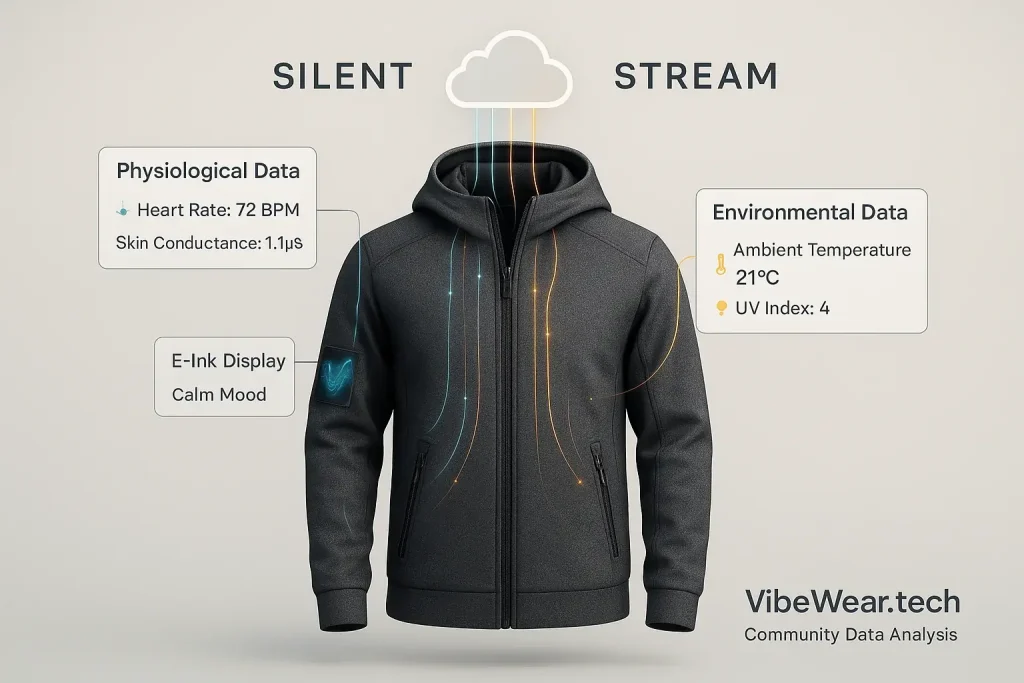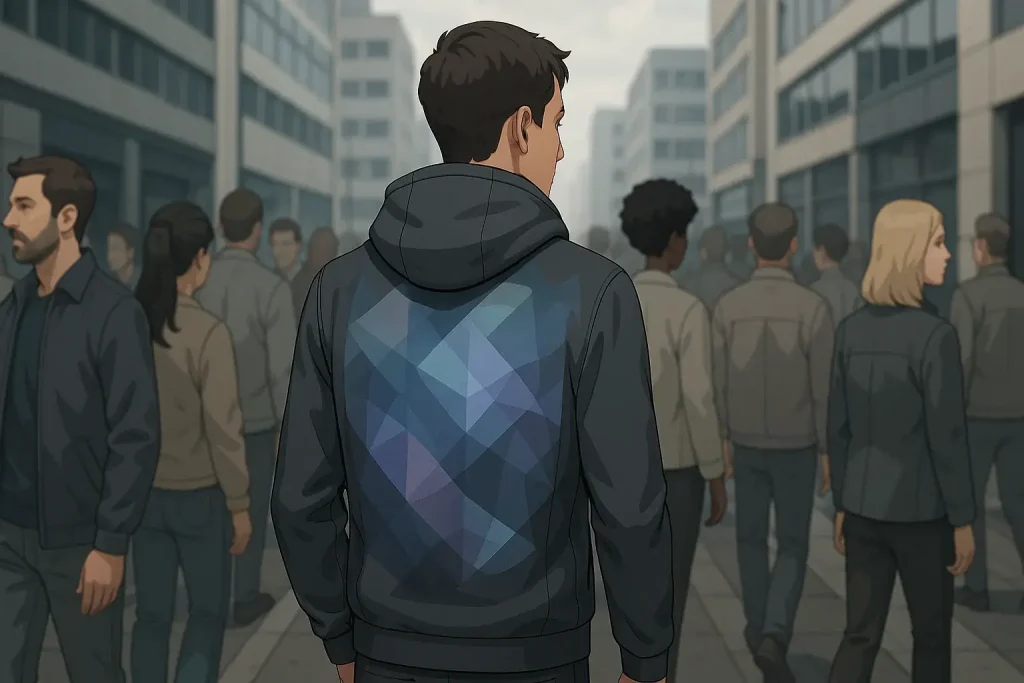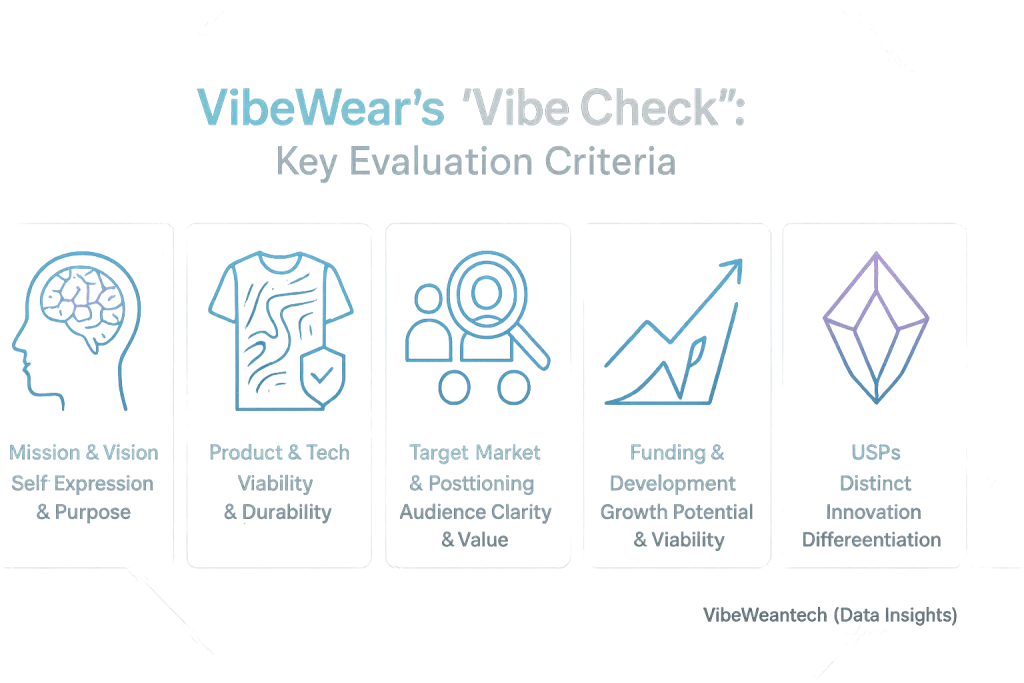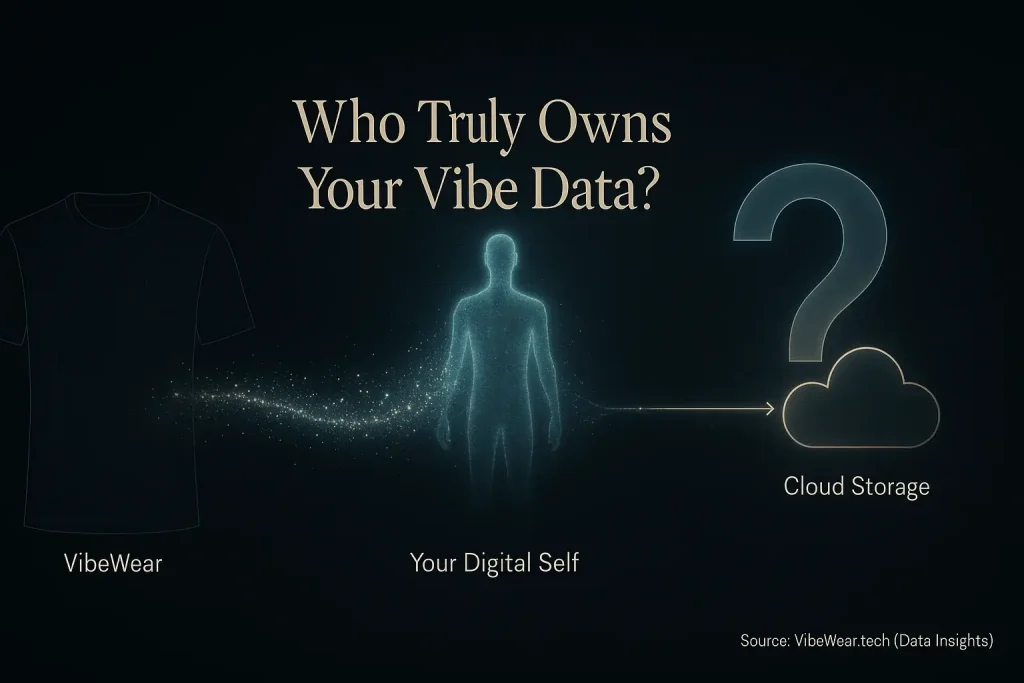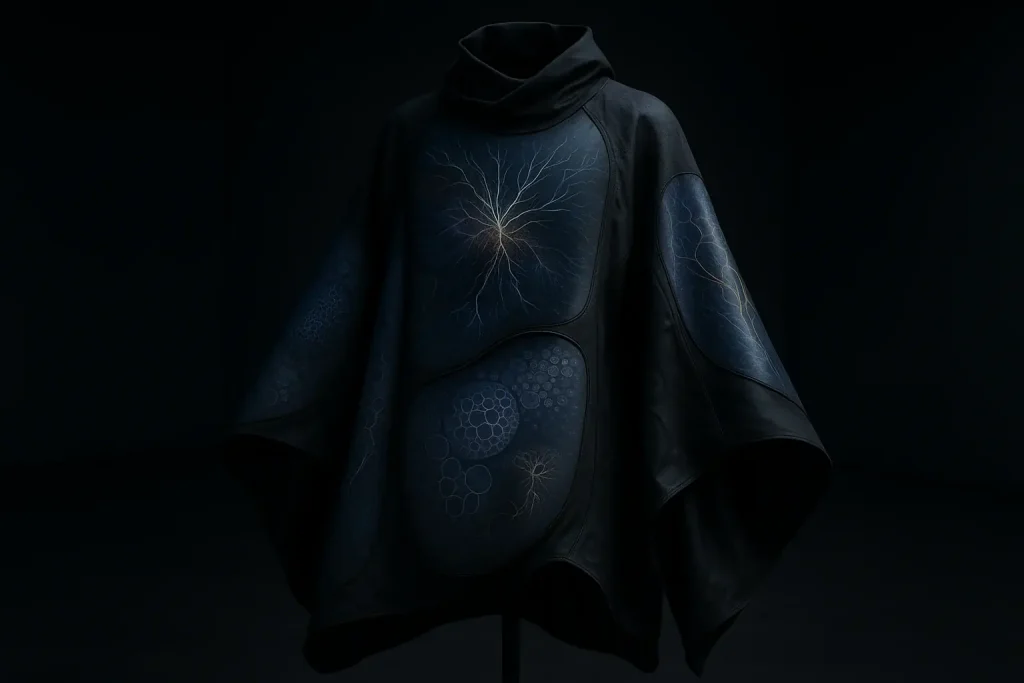Beyond the Page: Why E-Ink's Journey Matters for Fashion
Remember the Kindle? E-Ink’s journey began there, subtly. This technology transitioned from static pages to dynamic, wearable surfaces. Its unique properties were not immediately obvious for fashion. Low power and flexibility later enabled truly adaptive clothing.
This past reveals critical turning points. Understanding E-Ink's history clarifies challenges and breakthroughs leading to VibeWear concepts. It’s a story of quiet innovation. Often overlooked. These advancements shaped today’s expressive potential.
VibeWear now deconstructs this fascinating evolution. Each technological step paved the way, helping revolutionize mood-adaptive garments. Its history matters. Profoundly. This journey enabled the future of responsive fashion we explore.
The Spark: From Xerox PARC to the First Pixels
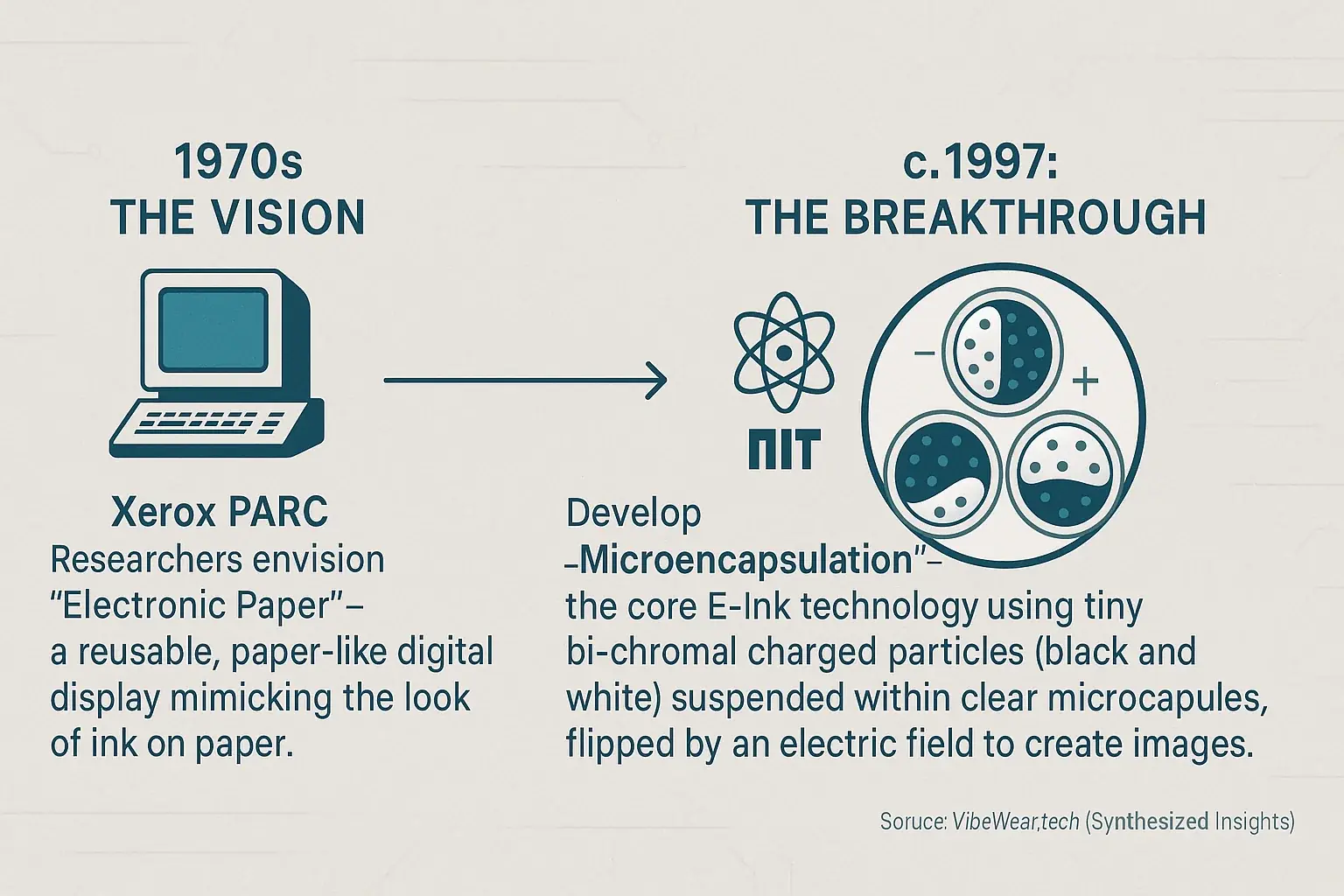
E-Ink's journey started far back. Xerox PARC buzzed with innovation during the 1970s. Researchers there first envisioned electronic paper. Their concept aimed for a display mimicking paper, endlessly reusable. This was pure futurism then.
Joseph Jacobson then entered the scene. He, with his MIT team, truly pioneered the core technology. They developed microencapsulation. Picture tiny charged particles. Each particle rests within its own minute, clear sphere. An electric field could flip their orientation. Black or white. The fundamental concept ignited.
Early E-Ink prototypes quickly followed this breakthrough. These initial devices keenly chased that paper-like visual ideal. Ultra-low power consumption remained a critical design goal. This foundational work, though worlds away from apparel, unknowingly laid the essential groundwork. Dynamic clothing's future would later build upon these very pixels.
The Kindle Effect: E-Ink's Rise in Digital Reading
E-Ink became synonymous with e-readers in the early 2000s. Devices like Amazon's Kindle showcased its paper-like display. This screen excelled in bright sunlight, offering comfortable viewing. Bistability, its core technology, meant images held firm without constant power. Long battery life was a direct, practical benefit.
E-Ink's very strengths for e-readers became its initial weaknesses for dynamic fashion. This is VibeWear's analytical perspective. Monochrome displays offered no color vibrancy. Slow refresh rates prevented fluid, changing visuals. Imagine trying to display a vibrant, shifting pattern on a screen refreshing like a flipbook – that was the early reality for fashion concepts. Relative fragility also complicated its integration into apparel.
These core limitations restricted E-Ink's broader application. Static text dominated its use cases. The fast-paced, expressive world of fashion found E-Ink unready. Its initial technology could not support dynamic visual communication. These hurdles, however, directly spurred the quest for breakthroughs.
Beyond Books: E-Ink's Leap into New Applications
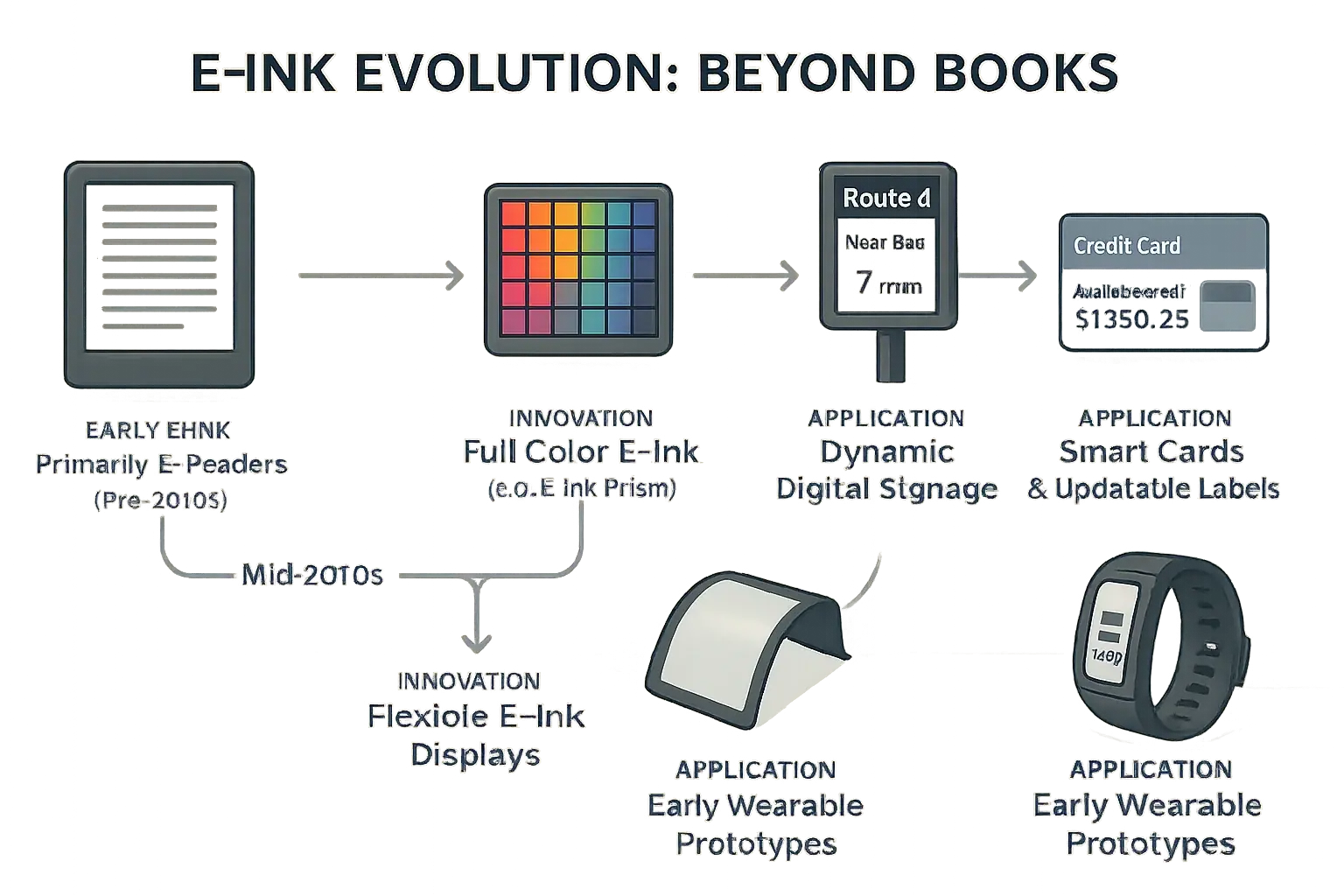
The mid-2010s marked a key era for E-Ink technology. It began to shed its e-reader skin. Crucial advancements drove this transformation, especially color displays like E Ink Prism. Screens also gained significant flexibility. A new chapter.
These innovations opened entirely new application avenues for the display technology. Digital signage adopted E-Ink readily. Smart cards integrated smaller, power-efficient E-Ink segments for updatable information. Suddenly, E-Ink was not just for books; it appeared on bus stops and credit cards, hinting at a much bigger future. Early wearable prototypes also emerged. Often, these were clunky.
These early explorations were absolutely vital stepping stones for E-Ink’s journey. They proved its adaptability. E-Ink evolved from a niche e-reader component into a truly versatile display platform with wider potential. This strategic shift, this technological leap, made its integration into fashion a tangible possibility. Fashion beckoned.
Into the Wardrobe: E-Ink's Emergence in Dynamic Apparel
E-Ink's true fashion leap faced tough hurdles. Complex challenges demanded innovative solutions. Seamless textile integration became paramount for true wearability. Washability required breakthroughs in material science. Aesthetic appeal needed to transcend mere technological display. Fashion demanded more.
Early conceptual garments demonstrated immense potential. Dynamic clothing started to emerge from labs. Expressive apparel took initial form. Imagine a shirt changing its pattern to match your mood – that was the dream. It slowly began to take shape. These prototypes hinted at a vibrant, interactive future for what we wear.
These explorations illuminated the VibeWear vision. Garments now begin to adapt. Mood subtly influences display. Environment can alter patterns. Fashion transforms into a deeply personal, dynamic canvas. Clothing now speaks. A new dialogue begins.
Related Insight: Beyond Bendable: The Next Generation of E-Ink for Extreme Fashion
E-Ink's journey transformed wearables. Current displays offer flexibility. They adapt. Yet, fashion craves radical innovation, pushing materials to their known limits.
VibeWear is already exploring there. We investigate what comes next for E-Ink in extreme apparel. Soon, whole garments could become living canvases, moving beyond just bendable screens.

